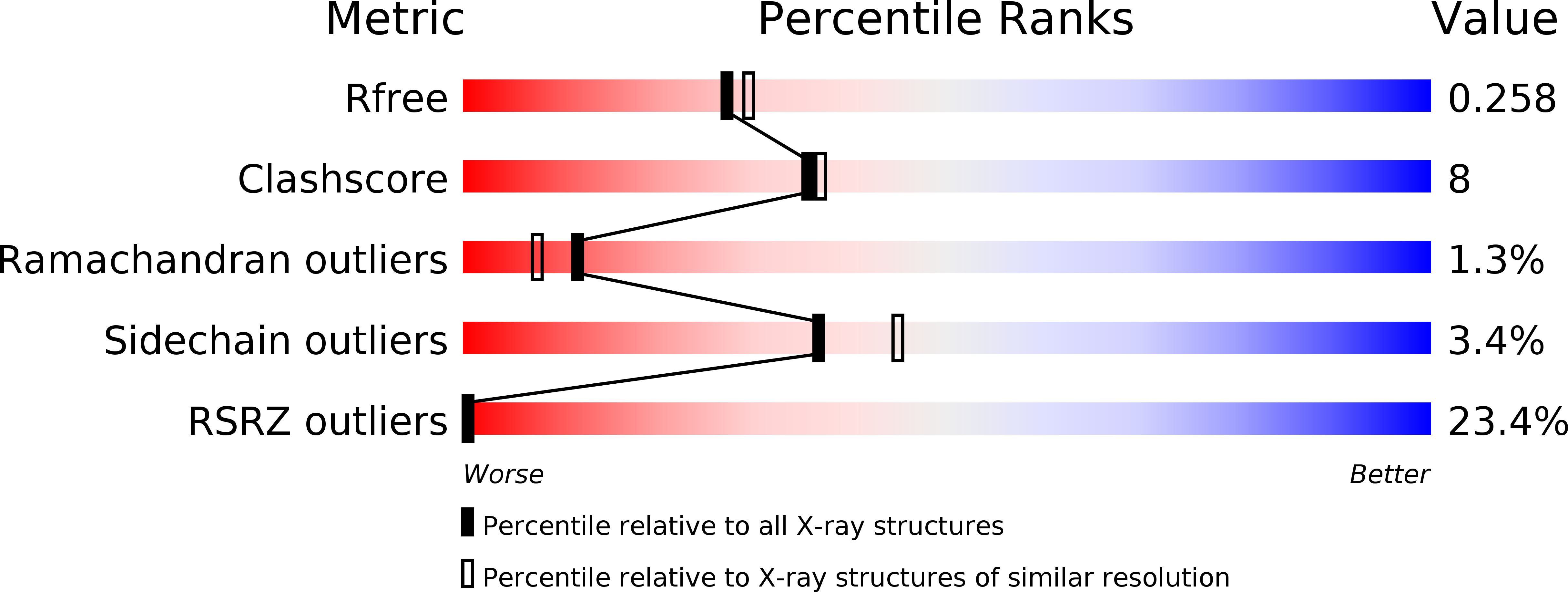
Deposition Date
2006-05-16
Release Date
2007-05-22
Last Version Date
2024-10-23
Entry Detail
PDB ID:
2CMY
Keywords:
Title:
Crystal complex between bovine trypsin and Veronica hederifolia trypsin inhibitor
Biological Source:
Source Organism:
BOS TAURUS (Taxon ID: 9913)
VERONICA HEDERIFOLIA (Taxon ID: 202477)
VERONICA HEDERIFOLIA (Taxon ID: 202477)
Method Details:
Experimental Method:
Resolution:
2.25 Å
R-Value Free:
0.25
R-Value Work:
0.19
R-Value Observed:
0.19
Space Group:
P 21 21 21


